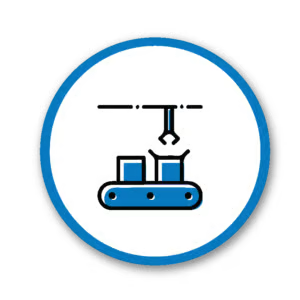Microarray spotters are ultra-low-volume precision dispensing systems used in the field of molecular biology to create microarrays. Basically, a microarray is a solid substrate, a surface, typically a glass slide or a silicon chip, onto which tens, hundreds or thousands of microscopic spots, each carrying a specific DNA, RNA, or protein molecule. Accordingly, microarray spotters are also known as high-speed low-volume microarray printers.
The microarray spotter, or microarray printer, is designed to accurately and precisely deposit extremely low volumes of biomolecules solutions onto the surface of the substrate. Generally, it uses a robotic system with a fine-tipped needle or a microchannel dispenser to dispense the biological samples onto the slide or chip. Obviously, the spotting process requires high precision and control to ensure that each spot is deposited at the correct location and with the desired quantity.
Microarray spotters come in different configurations, ranging from manual spotting devices to fully automated systems. Manual spotters are handheld devices that allow researchers to manually spot the samples onto the microarray surface. They are rarely used nowadays. Automated systems, on the other hand, are computer-controlled and can spot thousands of samples in a highly automated fashion, reducing human error and increasing throughput.
Microarray spotters are widely used in various applications. For example, gene expression profiling, genotyping, protein-protein interaction studies, and biomarker discovery, are often studied with microarrays. By creating arrays with different biomolecules, researchers can study the expression levels, interactions, and functions of genes or proteins on a large scale, enabling high-throughput analysis and accelerating research in fields such as genomics, proteomics, and diagnostics.

M2-Automation Systems
Acquiring high-speed low-volume microarray printers is an investment that should be leveraged. While in the past, you may have had to select a microarray printer based on a particular technology or dispense volume range, the latest generation of systems now offer interchangeable nozzles.
For example, you may have a current need to dispense 20 nl volumes for a protein array. However, you may also have on your radar to explore DNA arrays using much smaller spots and requiring 30 picoliter droplets. Or you may be looking at dispensing protein solutions that are too viscous for piezo dispensers.
Now, with the same system, you can explore all of those technologies, thus maximizing results you can obtain from the single ultra-low-volume precision dispensing system acquisition.
Four spotting technologies are available on M2-Automation systems for optimal dispensing: piezo-based, solenoid-based, pin-based, and a unique cartridge with bulk dispensing capabilities. These can be combined on the same system, for unparalleled flexibility and ROI.

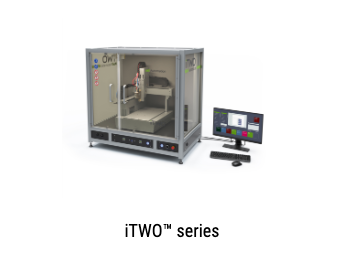
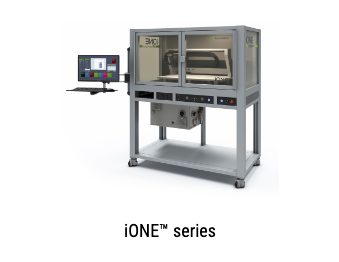

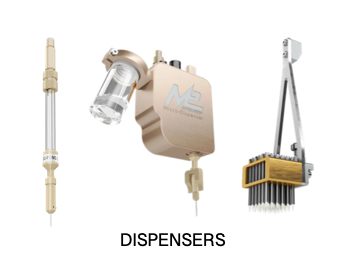
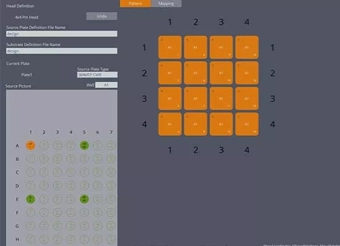
Testimonials

We selected our spotter system by quality, flexibility and ease of use. M2-Automation was the perfect choice and not only by the instrument they are offering. The M2-Automation Team walks that extra mile for you whenever needed – just excellent! – Dr. Claudia Gärtner, microfluidic ChipShop GmbH, Jena, Germany

We have coated antigens on glass surfaces for many years.As a result, we have extensive experience in dealing with microdosing systems. By purchasing the iONE-1200, we have acquired the most powerful and flexible system that we believe is currently on the market..
Operation of the device is intuitive, processes from sample handling to application can be automated to a high degree. The precision and speed are just as impressive as the excellent service. We can highly recommend this system for professional microdosing in the nanoliter range.! – Siegmar Sokolowki, Euroimmun – a Perkin Elmer Company

After nearly three years of use, the M2 spotter has proved very valuable for its adaptability, friendly user-interface, and the customer support provided by axiVEND. – Michael Sveiven – Drew Hall Lab, UCSD, LaJolla CA


